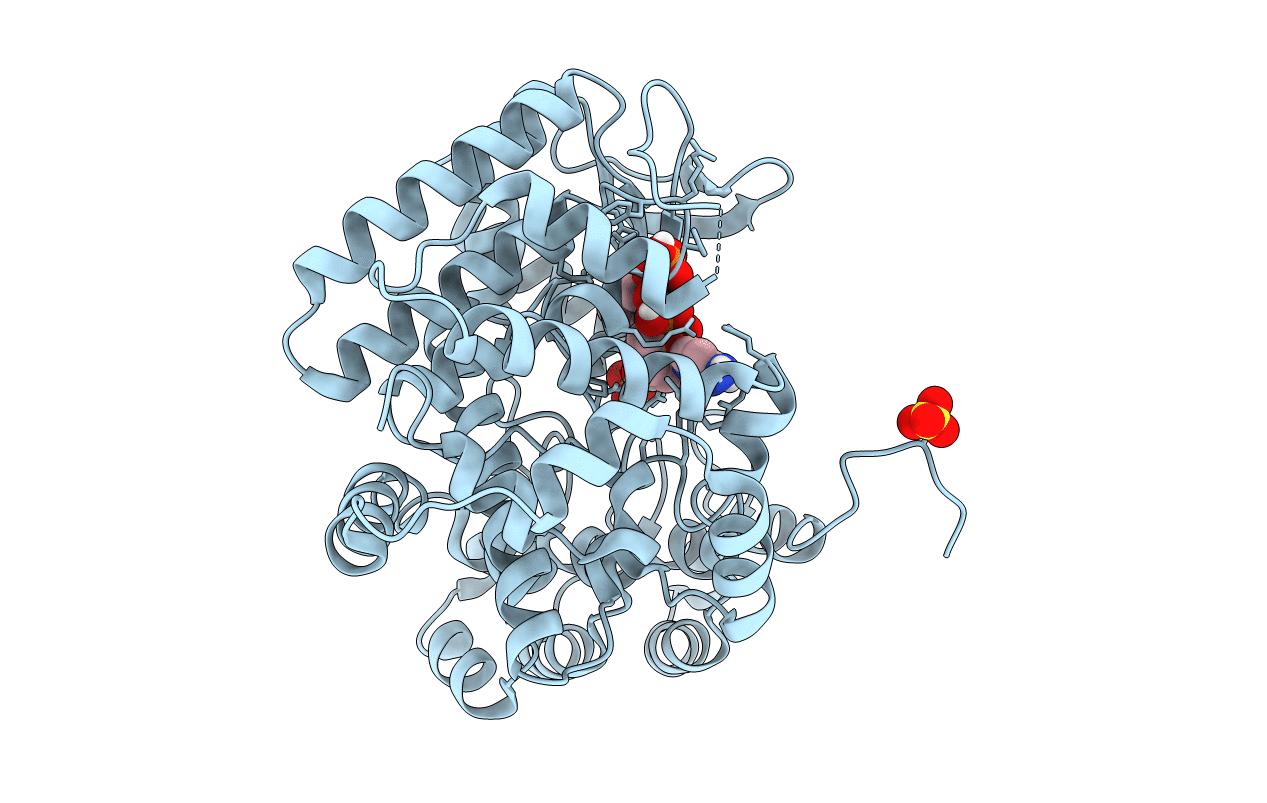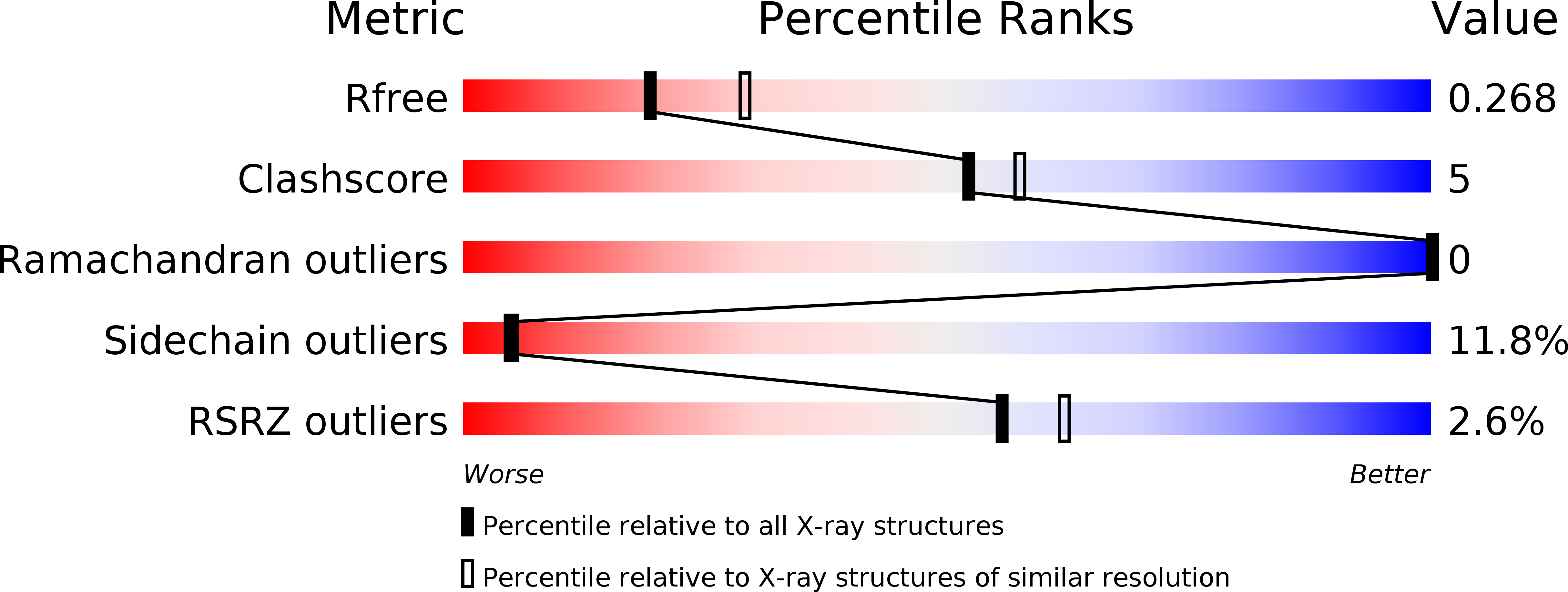
Deposition Date
2013-03-12
Release Date
2013-04-24
Last Version Date
2023-12-20
Entry Detail
PDB ID:
4BES
Keywords:
Title:
Crystal structure of the Legionella pneumophila FIC domain-containing effector AnkX protein in complex with cytidine monophosphate and phosphocholine
Biological Source:
Source Organism:
Host Organism:
Method Details:
Experimental Method:
Resolution:
2.54 Å
R-Value Free:
0.25
R-Value Work:
0.20
R-Value Observed:
0.20
Space Group:
P 21 21 2


